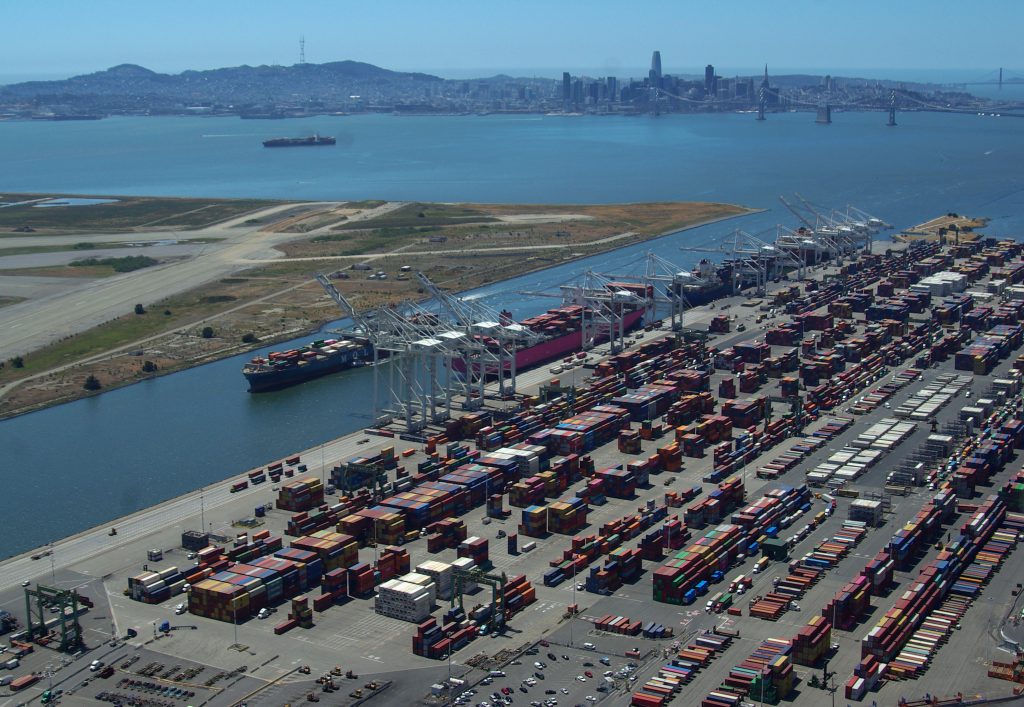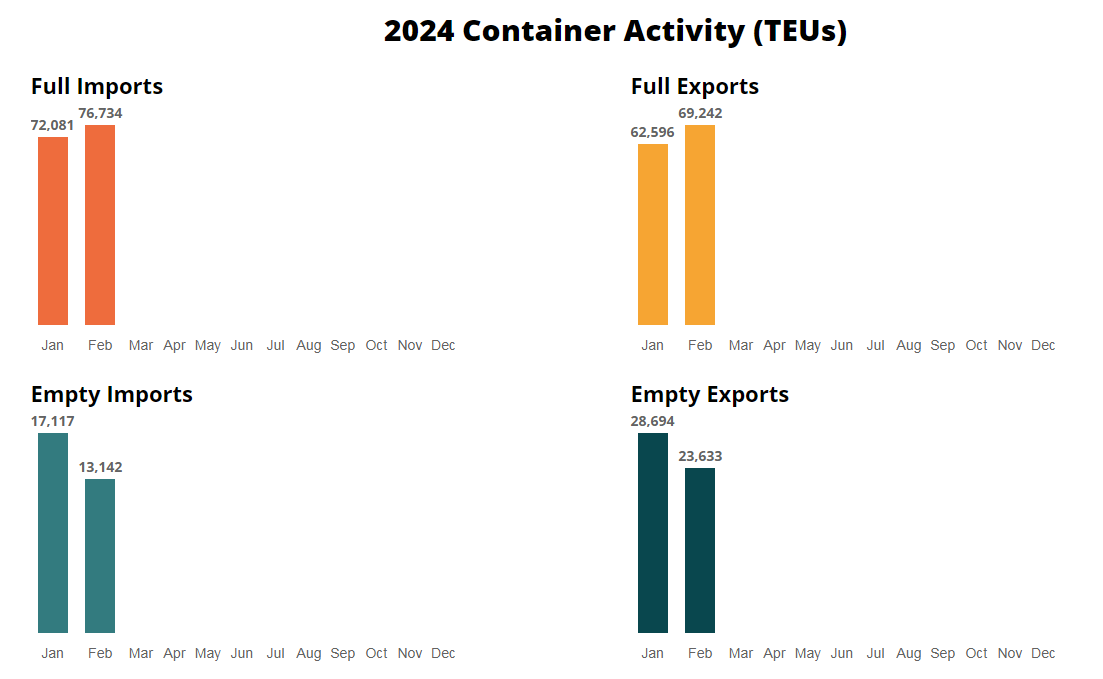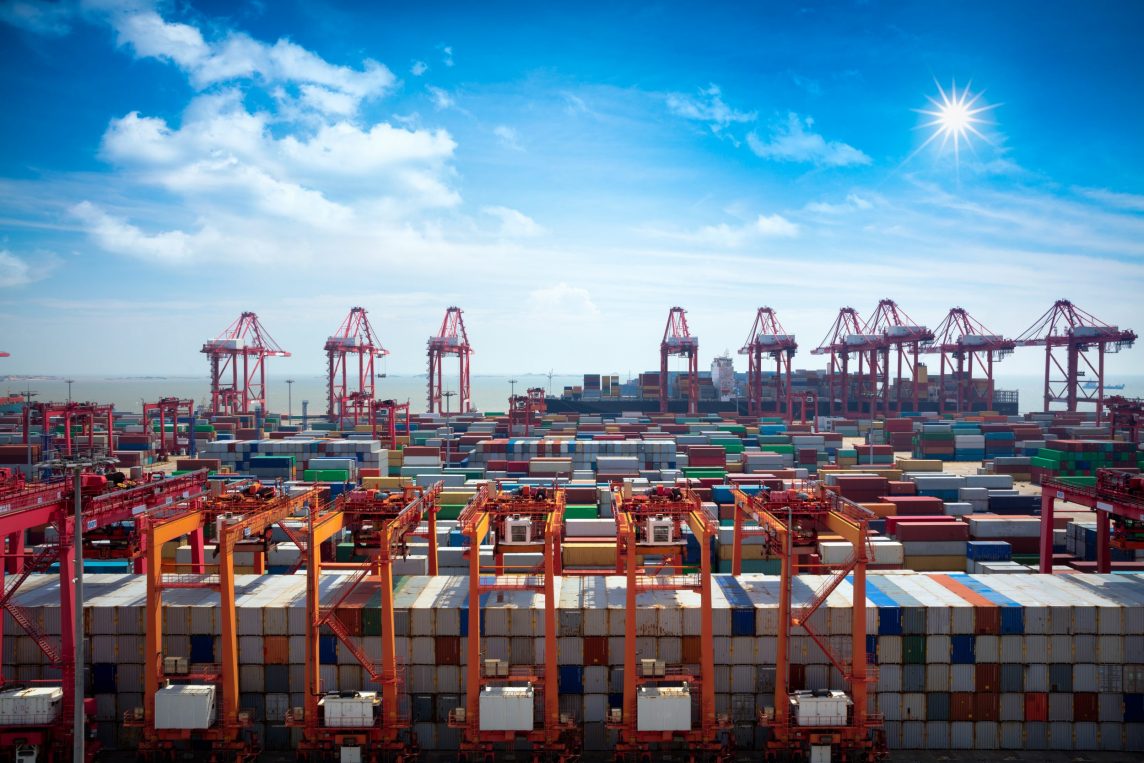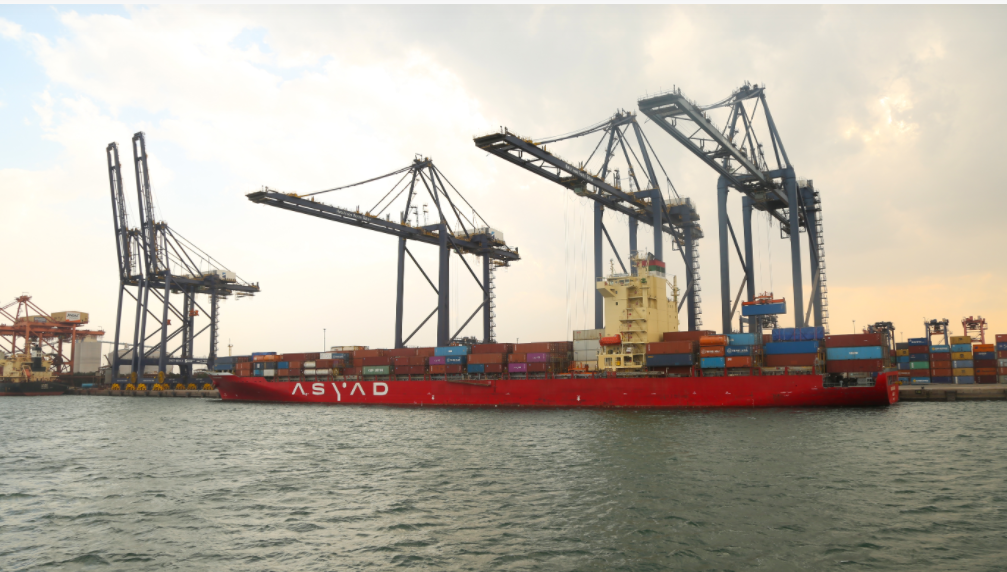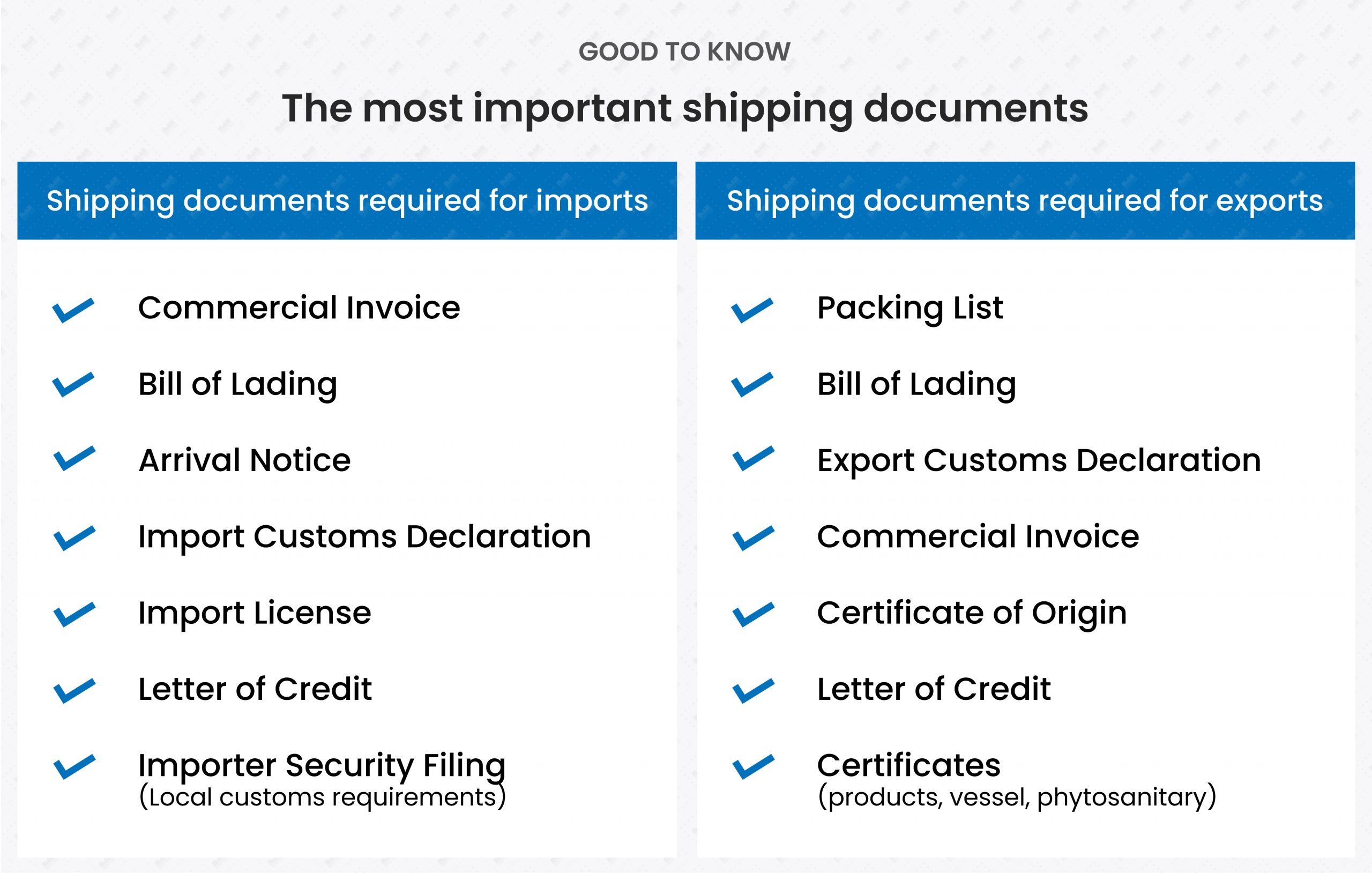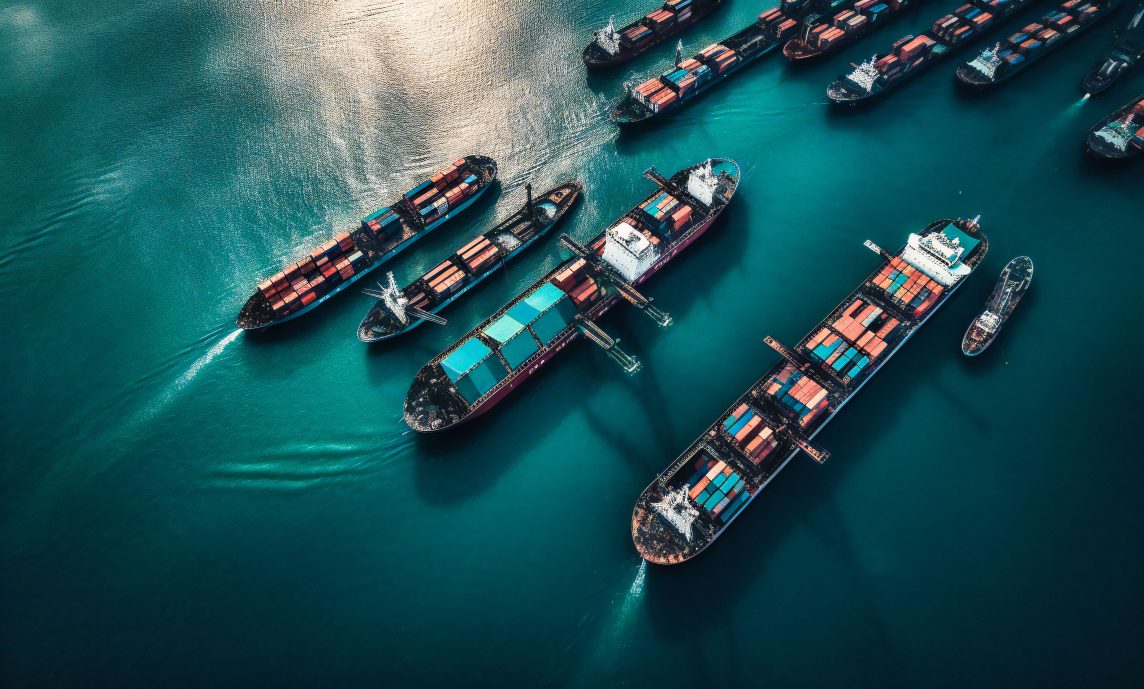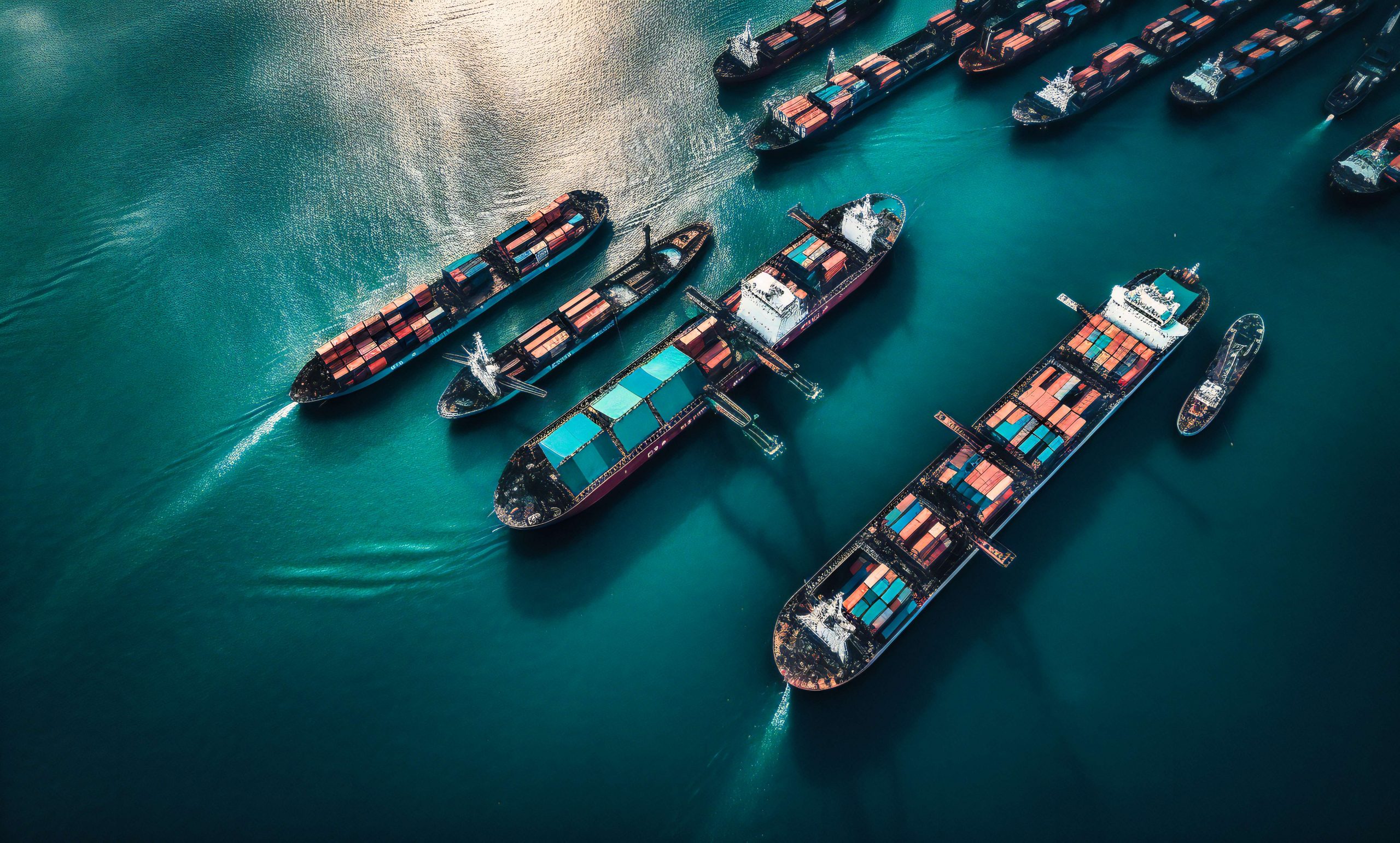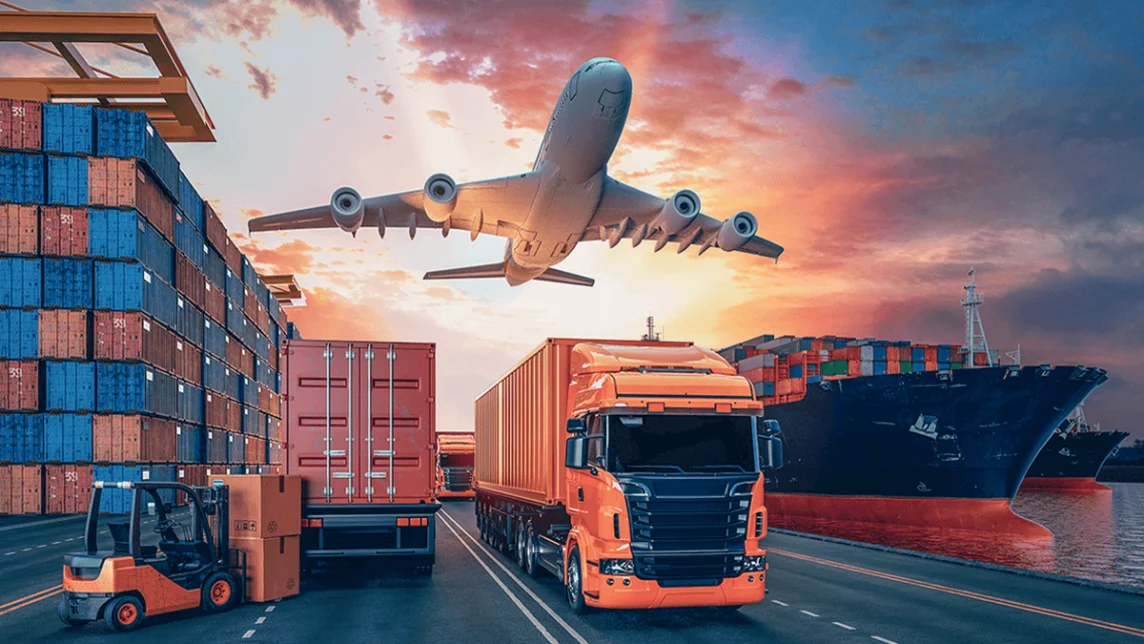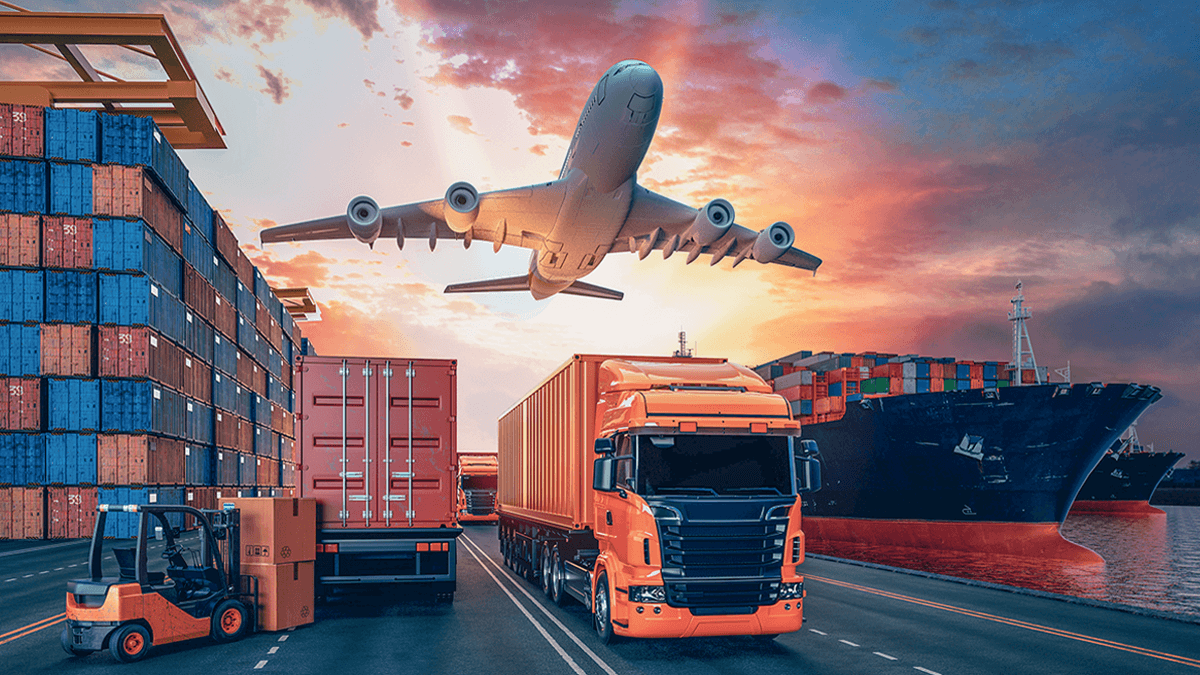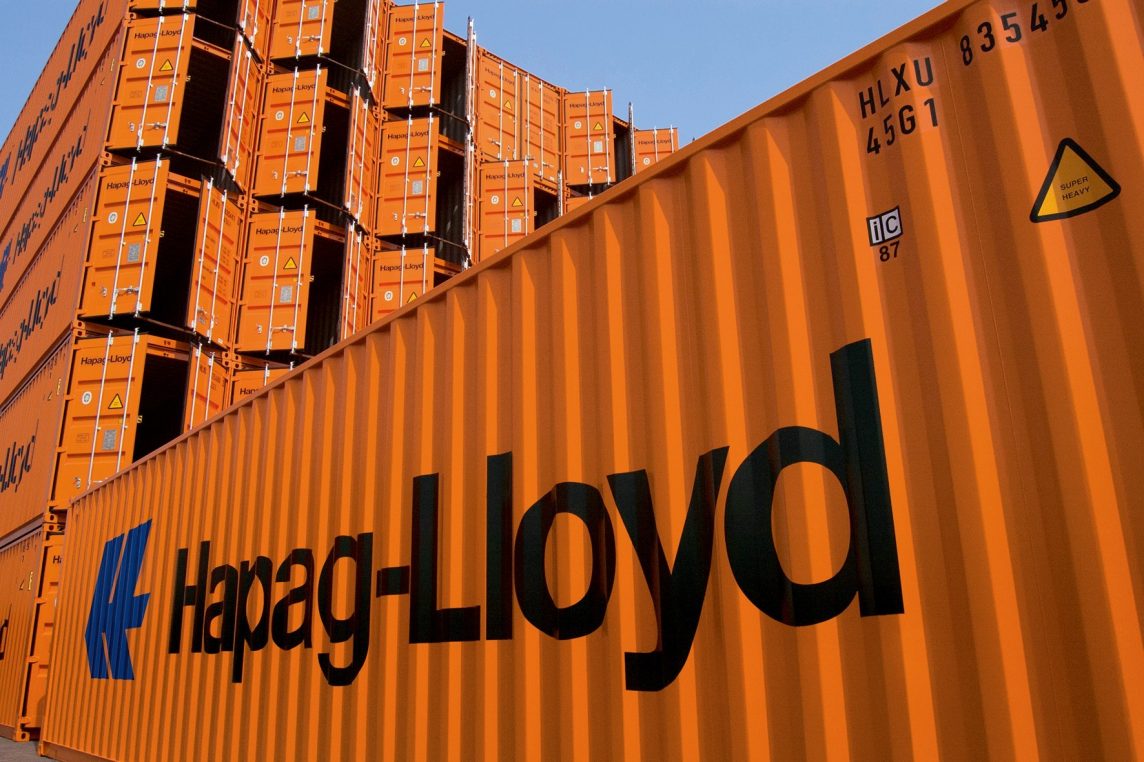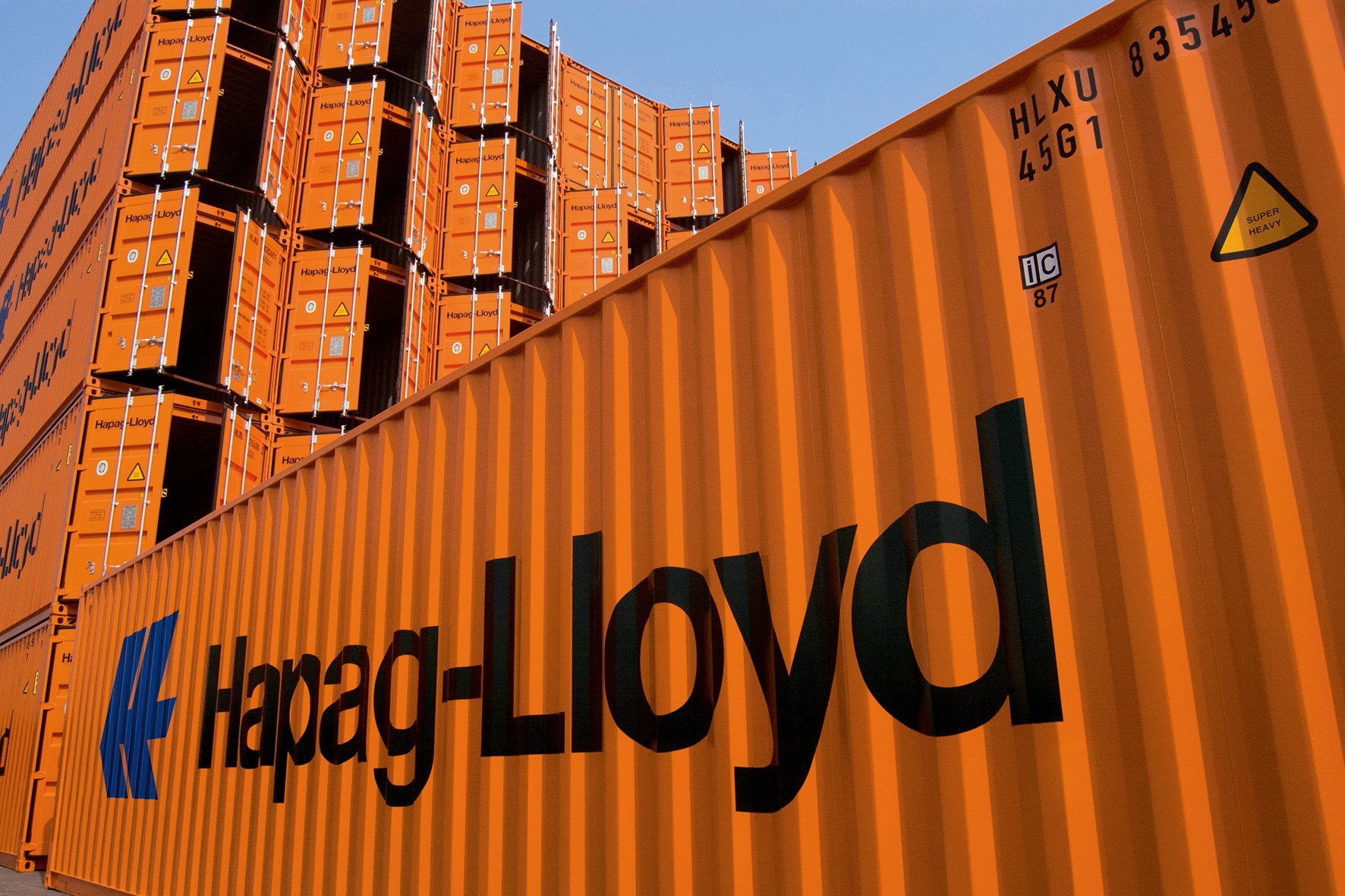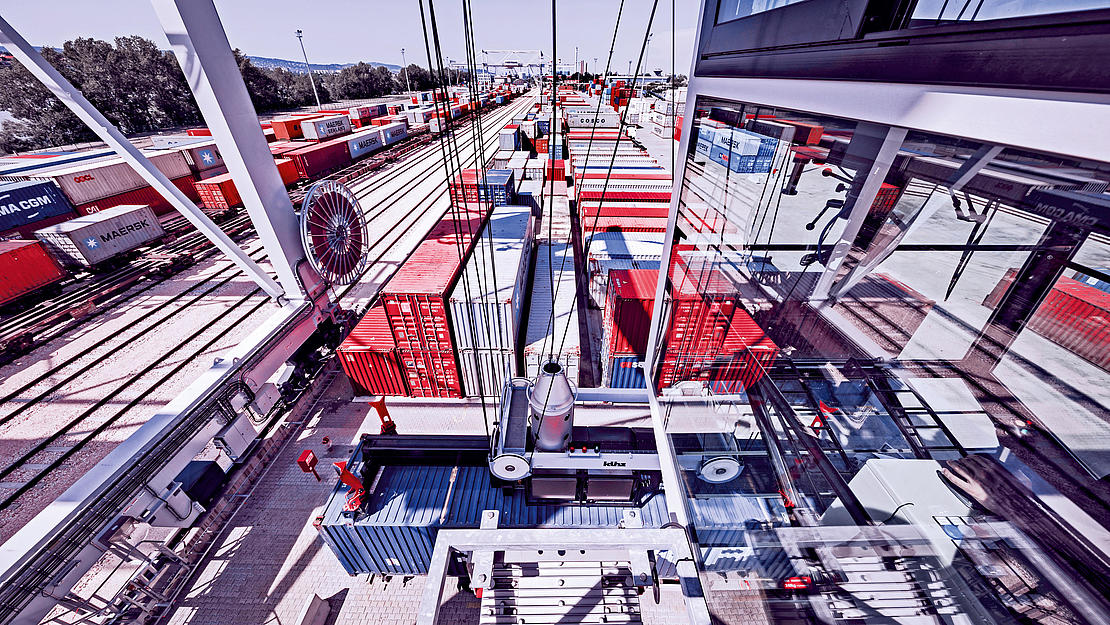
German port and terminal operator Hamburger Hafen und Logistik AG (HHLA) recorded a drop in revenue and earnings in the 2023 financial year.
HHLA said the ongoing war in Ukraine, geopolitical tensions, high inflation and interest rate hikes burdened the economy and continued to dampen the recovery from the pandemic.
The company’s revenue decreased by 8.3% to €1.45 billion and the operating result (EBIT) fell by 50.4% to €109.4 million with the EBIT margin amounting to 7.6%. Additionally, HHLA’s profit after tax and minority interests came to €20 million from €92.7 million in the previous year.
Angela Titzrath, HHLA’s CEO, commented, “In light of the extremely difficult conditions for global trade, HHLA has performed well in 2023, particularly in comparison to its major competitors. This year we are facing uncertain market conditions again. Regardless of this, we are expanding our presence as a European logistics group and continuing to invest in modernisation projects focussing on the Port of Hamburg, the expansion of our European network and the development of sustainable logistics solutions.”
Furthermore, HHLA reported a container throughput of 5.9 million TEUs in 2023, translating to a year-on-year decline of 7.5%. The main driver of this development was the decline in volumes for the Far East shipping region – China, noted HHLA, while the positive momentum from North American cargo volumes and the throughput volumes of the Middle East were only able to partially offset this trend.
HHLA expects a moderate increase in revenue and an operating result (EBIT) in the range of €85 million and €115 million for the current year. “Due to the unpredictability regarding the future development of geopolitical tensions, the ongoing war in Ukraine and the effects of the announced realignment of syndicate structures of shipping companies, this forecast is subject to great uncertainty,” pointed out the terminal operator.
Source: Container News

